93,000 households with 339,000 people evacuated
At the meeting, localities in the forecasted particularly dangerous areas informed about evacuation plans and sent forces on standby.


By noon on November 6, Gia Lai province, a directly affected locality, had evacuated 93,000 households with 339,000 people, reaching 75% of the plan, striving to complete before 12 noon on the same day. From 5 pm on November 5, the province completely banned the sea and established a Forward Command Center, assigning 13 working groups to take charge of key areas.
Deputy Minister of Agriculture and Environment Nguyen Hoang Hiep said that from morning to noon on November 6, the storm continued to intensify, showing no signs of abating. This is the strongest storm ever in the South Central region, expected to make landfall between 8 and 9 pm on November 6, with a radius of more than 100km; affecting from the south of Quang Ngai to the north of Dak Lak .

The storm is forecast to make landfall directly in the Quy Nhon area, slightly to the North; in the East Gia Lai region, winds will reach level 11-13, gusting to level 15-16; in Quang Ngai, winds will reach level 10-12, gusting to level 14-15; in Dak Lak, winds will reach level 10, gusting to level 13. Localities need to urgently evacuate people from level 4 houses and non-solid structures.
The storm also caused heavy rain, deep flooding, high tides, and waves in Quy Nhon that could reach 2.4 meters. The rain lasted until noon on November 7, then spread to Da Nang and Hue. Currently, reservoirs in 5 South Central provinces have reserved 1.6 billion cubic meters of flood prevention capacity, ensuring to minimize the risk of flooding.

More than 268,000 officers and soldiers participate in storm prevention and control
At the meeting, Lieutenant General Le Quang Dao, Deputy Chief of the General Staff of the Vietnam People's Army, said that Military Region 5 mobilized more than 45,900 officers and soldiers along with nearly 2,300 vehicles of all kinds to participate in storm prevention and control.

The Vietnam People's Army has also established two working groups directly commanded by two Deputy Chiefs of the General Staff, currently on duty in Gia Lai and Quang Ngai. The entire army is currently mobilizing 268,255 officers and soldiers from Military Regions 4, 5 and 7 along with more than 6,700 vehicles from various arms, artillery, missile, navy, coast guard, special forces, information, chemical, armored vehicles... ready to respond to storms in the South Central region.
The Deputy Chief of the General Staff requested units to strictly comply with the on-duty regime, grasp the situation, perform assigned tasks well, and absolutely ensure the safety of forces and vehicles.
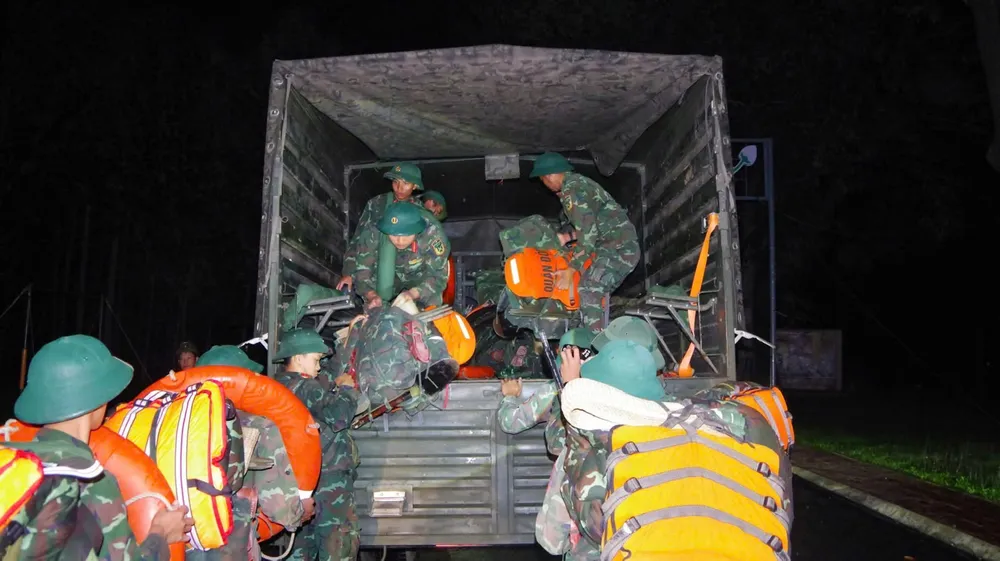
According to Major General Le Van Sao, Deputy Commander of the Mobile Police Command, the Ministry of Public Security has mobilized more than 30,000 officers and soldiers along with over 1,000 ships, boats and more than 7,000 vehicles of all kinds and specialized equipment to participate in storm response. At the Ministry of Public Security's reserve area, many vehicles and equipment are also prepared to support localities when requested.
24/7 on duty
At the online conference on responding to storm No. 13, Deputy Prime Minister Tran Hong Ha requested hydrometeorological agencies and the Ministry of Agriculture and Environment to provide complete forecast data, clearly identify the radius of influence, wind level, direction and time of the storm's movement, associated with each location for effective command and management.

The Deputy Prime Minister emphasized the need to establish three response phases, including: prevention, the dangerous phase and the most difficult phase when the storm makes landfall (from 8pm on November 6 to 8am on November 7). Forces must absolutely not leave their positions and be ready to respond 24/7.
The Deputy Prime Minister requested localities to step up propaganda and instruct people to proactively prevent and master safety skills when storms come. The Chairmen of the Provincial People's Committees are assigned to proactively decide to cut and regulate floods at reservoirs and dams in accordance with actual developments. "In flooded areas with strong winds, all residents must be evacuated, especially unsafe level 4 houses," the Deputy Prime Minister emphasized.

The Deputy Prime Minister also assigned the Ministry of National Defense, the Ministry of Science and Technology, Viettel, and VNPT to ensure uninterrupted communication. Regarding the Star Bueno ship stranded in Dung Quat waters (Quang Ngai), the Deputy Prime Minister requested the locality to urgently conduct rescue operations and prepare response plans in case of ship sinking or oil spill.
Source: https://www.sggp.org.vn/huy-dong-tong-luc-ung-pho-voi-bao-so-13-post822074.html



![[Photo] Closing of the 14th Conference of the 13th Party Central Committee](https://vphoto.vietnam.vn/thumb/1200x675/vietnam/resource/IMAGE/2025/11/06/1762404919012_a1-bnd-5975-5183-jpg.webp)

![[Photo] Prime Minister Pham Minh Chinh receives the delegation of the Semiconductor Manufacturing International (SEMI)](https://vphoto.vietnam.vn/thumb/1200x675/vietnam/resource/IMAGE/2025/11/06/1762434628831_dsc-0219-jpg.webp)



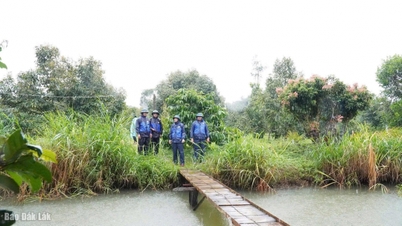

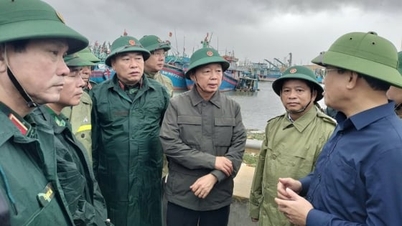



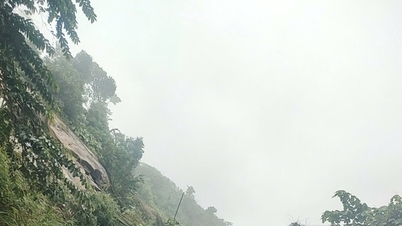

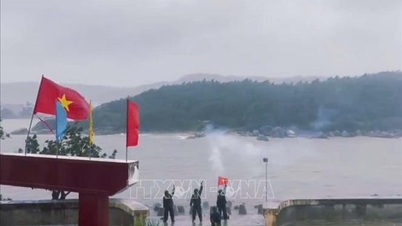






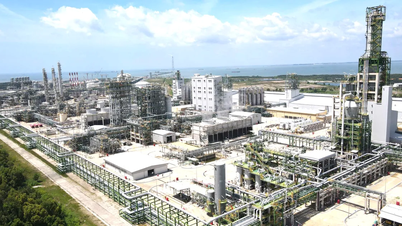






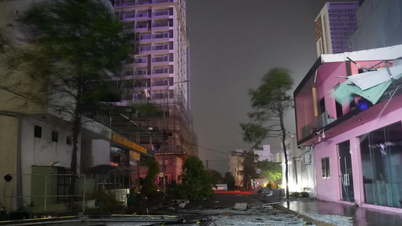









































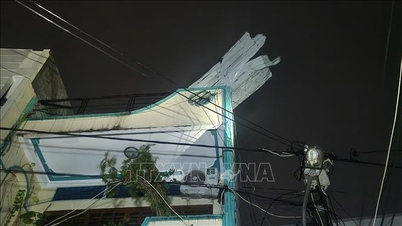
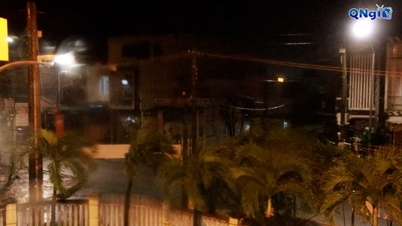
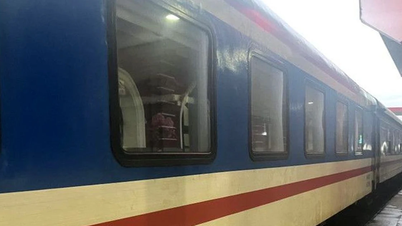

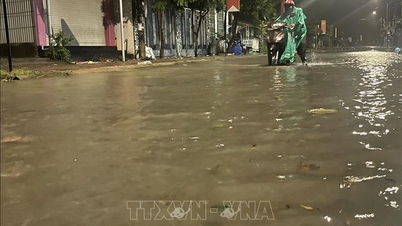



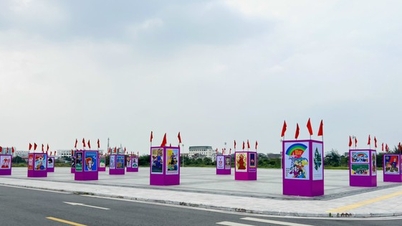






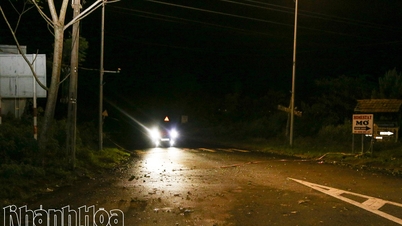

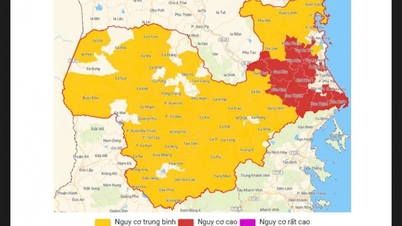
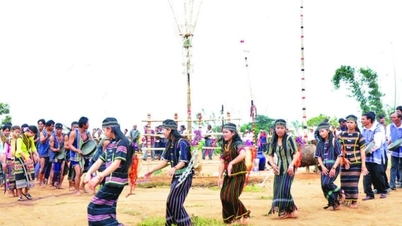

















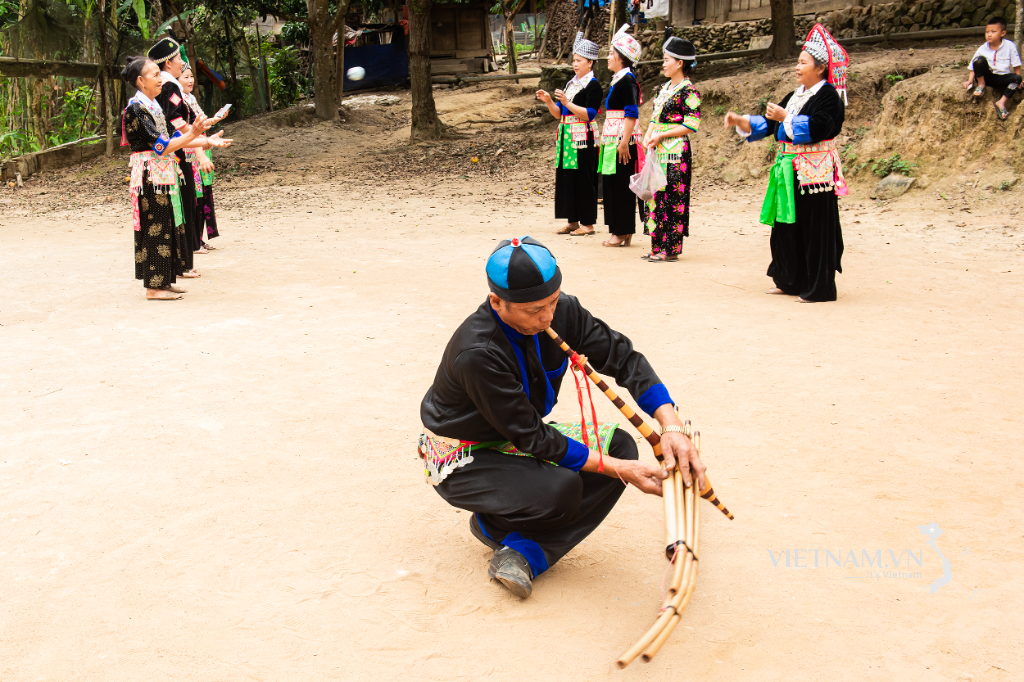
Comment (0)